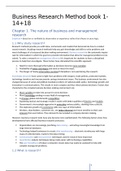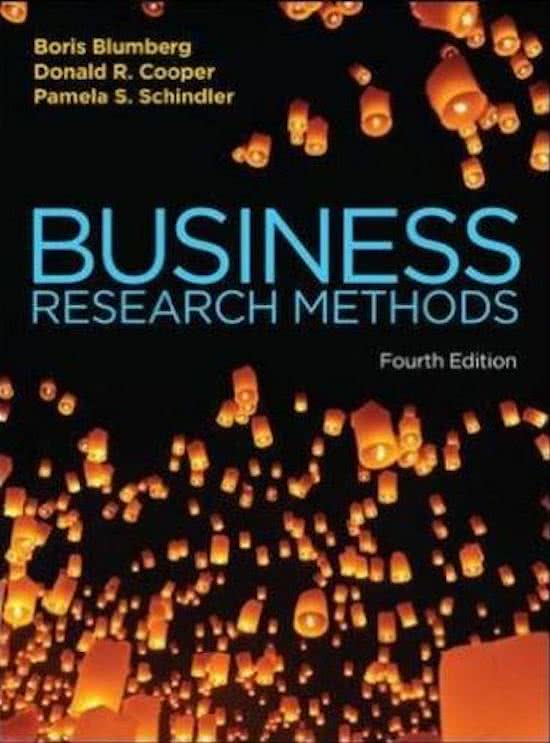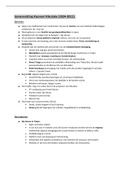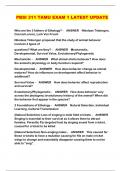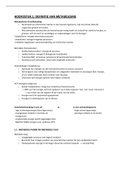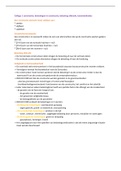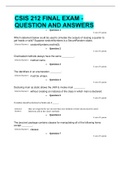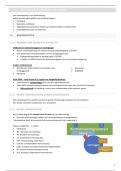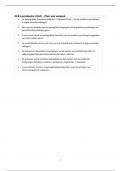Samenvatting
Clear summary book business research methods Blumsberg et al.
English summary for Business Research Methods, I received a 9.4 for my exam and only used this summary. Important definitions are blue, keywords that explain a definition well are underlined. Ch 1-12 + 14
[Meer zien]
